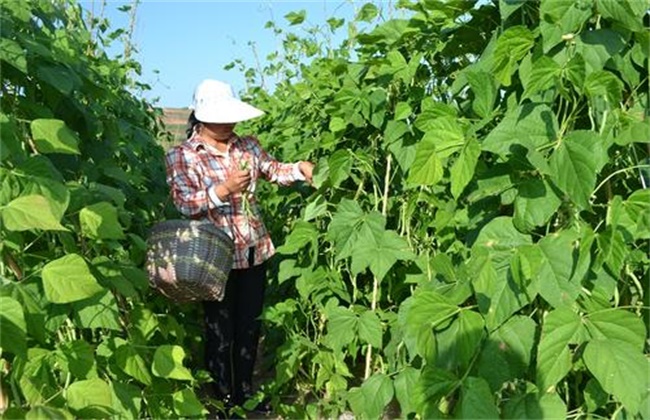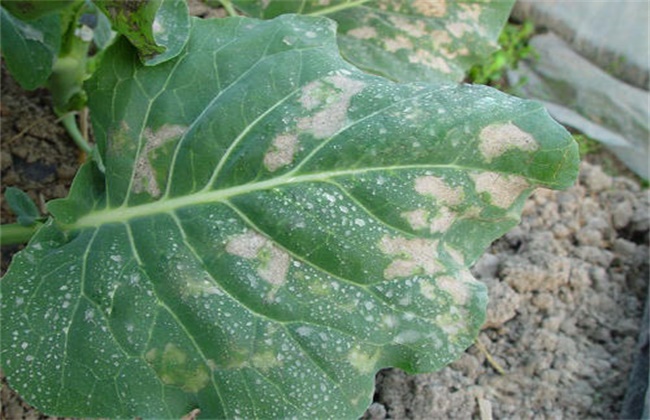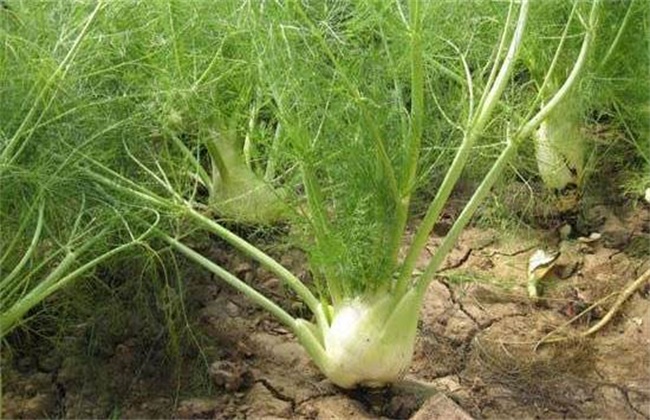Causes and control methods of defoliation of beans during harvest
Bean is a common vegetable on our dinner table, which is very common in our country, especially in rural areas, but many farmers report that there are a large number of fallen leaves when they are harvested, which seriously affects the yield. So what's going on? Let's get to know it with the editor.

First, the inducing cause
1. The soil condition is bad.
Poor soil conditions, bean planting can not get normal nutrients and water from the soil, then there will be a large number of fallen leaves, such as too dry soil or too much Rain Water to form waterlogging. Or soil consolidation causes poor permeability, root breathing difficulties or even suffocation, so that the root system is naturally unable to absorb sufficient nutrients and water, resulting in defoliation.
2. Diseases and insect pests
When the beans are harmed by diseases and insect pests during the harvest period, it will also cause a large number of fallen leaves, because the symptoms of diseases and insect pests are different, the fallen leaves may be relatively light, and in serious cases, it may cause plant death.
II. Prevention and control methods
1. Select improved varieties
In order to avoid the occurrence of fallen leaves in the harvest period, we should not only select suitable plots, but also select excellent varieties with strong disease resistance, high yield and stable yield.
2. Sowing seeds at the right time
Sowing beans must grasp the time, sowing too early or too late is not conducive to the growth of beans, especially in spring sowing, we should pay more attention to avoid the low temperature period in spring as far as possible to avoid low temperature damage to seedlings, which is very disadvantageous to the growth and flowering and fruiting in the later stage.
3. Soil cooling
The sandy loam with good drainage can be selected for planting, the soil temperature of this land is more suitable, the temperature will not be very high, and the drainage is smooth, there will be no accumulation of roots, which is also conducive to temperature regulation.
3. Topdressing in time
After entering the peak growth period, in addition to normal soil fertilization, foliar fertilizer spraying should be advocated. 0.3% potassium dihydrogen phosphate solution can be sprayed 1-2 times. After entering the post-pod peak period, appropriate ploughing and hoeing can be done to break the soil consolidation state. Strengthen the absorption capacity of the root system to ensure that there is sufficient fertilizer and water supply for plant growth.
4. Pest control
For the fallen leaves caused by diseases and insect pests, we should actively control aphids and root rot and other diseases and insect pests in production, and greatly reduce the probability of falling leaves caused by diseases and insect pests.
The above is the introduction of the causes and control methods of fallen leaves during the harvest of beans. I hope it can help you. If you want to know more about it, please pay attention to us.
Related
- Where is it suitable to grow horseradish in China? it is expected to see the middle altitude horseradish in Alishan.
- How to prevent tomato virus disease reasonably? (Control methods included)
- Many people like to plant towel gourd on the balcony. What are the main points of this method and management?
- What crops can chili peppers be mixed with?
- Fertilization techniques and matters needing attention in Tomato
- What are the grafting techniques for peach seedlings in spring?
- Harm and control methods of root swelling disease of Chinese cabbage
- What are the pests of sweet potatoes? How to prevent and cure it?
- Symptoms, causes and Control methods of navel Rot in Tomato
- The cause of "Cucumber rotten bibcock" in Farmers' planting Cucumber and its Control Plan



